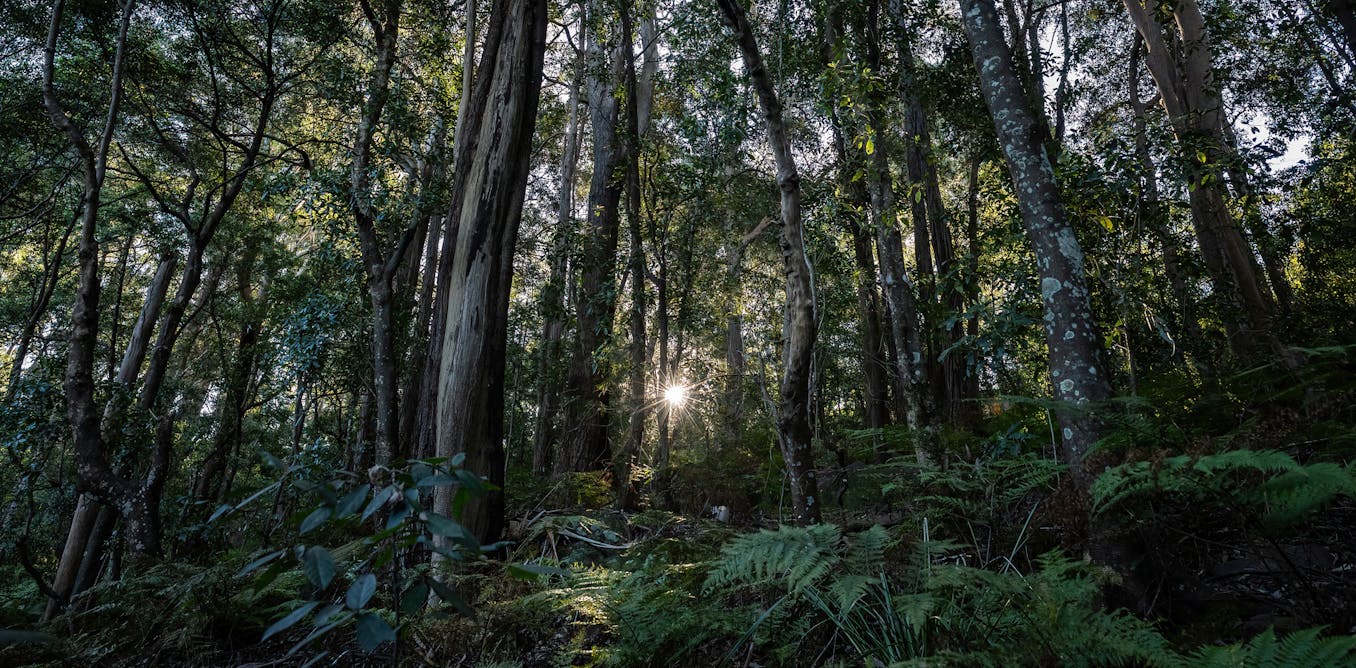China’s Risky New Megadams Lie in One of the World’s Most Remote Places
China is in the process of constructing a massive network of dams along its longest river, the Yangtze, in an ambitious effort to increase its hydropower capacity. These megadams have the potential to generate enough electricity to power millions of homes, but the project is not without its risks.
Located in one of the world’s most remote areas, in the southwestern province of Yunnan, these dams are being built in extreme conditions, with challenging terrain and limited access. This makes construction particularly difficult and raises concerns about the safety and sustainability of the project.
Environmental activists have also raised alarms about the potential impact of the dams on local ecosystems and endangered species, as well as the displacement of communities living in the area. The construction of these megadams could have far-reaching consequences for the biodiversity and natural resources of the region.
Despite these concerns, China is pressing ahead with its plans to expand its hydropower capacity, as it seeks to reduce its reliance on fossil fuels and meet growing energy demands. The country already generates a significant portion of its electricity from hydropower, and the construction of these new dams will only increase that amount.
As China moves forward with its ambitious project, it will be important for the government to carefully consider the environmental and social impacts of the dams, and to implement measures to mitigate any negative consequences. The stakes are high for both China and the global community, as the construction of these megadams could have wide-ranging effects on the environment and local communities.
Watch the video by The Wall Street Journal
Video “China’s Risky New Megadams Lie in One of the World’s Most Remote Places | WSJ” was uploaded on 09/05/2024 to Youtube Channel The Wall Street Journal

































None of our business,. Leave them alone.
the CCP will ultimately find itself with a great deal to answer for when the docket is finally read out.
Go China for green energy
America can learn from this an start building their country. Make America great again.
just wanna say "God Dam !"
China won't recover from the next crash, and that will suck for their aging population
US: Chinese stole our dam building technology
Yeah yeah yeah China bad. Anything else?
Poor China they cannot do a single thing right can they. I have never seen a short documentary by WSJ that ever commend China for anything. It is always something bad is going to happen to China or China is finished. There is good and bad in every country to just talk about the good is propaganda to just only talk about the bad is prejudice. To cover both good and bad in a balanced way that is good journalism. I leave you to decide where WSJ sits here
……..dam😕
Leave the people alone if earthquake destroys it they'll just build it up again they have the money
Risky? So funny. Just need to put a spin to it. The whole regional will benefit and become more modernized. Maybe a case of sour grapes 😁
Thanks God we would never do such atrocities here in US. Native Americans can confirm… 😅
“Risky”? And so what? None Of Your Biz 😂
If its risky, then America should be happy right?
Why WSJ don't use the standard phrase "but at what cost?" in the title to be consistent with BBC CNN and all other Anglo-Saxon media?
the west call this human rights violation 😂 and they think they can contain china 😂
Tofu dams will spell disaster ona ecologigcal scale never before seen, also Free Tibet.
Hydro is clean, free and reliable. America is tearing down dams while China is building as many as they can. Just another example of American decline.
Nice to see lotsa Chinese bots in the comment's section.
the mandate of heaven is going against ccp
The US puts massive tariffs on green vehicles then criticizes other's green efforts. LOL ok
America is tearing down dams all over the country (especially on the west coast) and China is building them fast and at huge scale.
I wish it was a joke, but people in the US are getting played over and over again.
its pretty incredible how much work china is constantly doing in terms of infrastructure. they have so many workers and ambition. no im not a bot lol or chinese
Another opportunity to bad mouth China.
As a Norwegian can only give thumbs up, hydropower for the future. Hopefully their quality can withstand the earthquakes…
I was wondering WSJ doing a vid praising Chinese infrastructure…
China not giving any "dam" to US 😂
Ba dum tss…
Hypocrisy on it's peak 😅
Another Chinese ticking the time bomb.
Fish in those rivers? Not anymore!
They got nothing to say about this project, so this is risky
We are losing the green energy war. China is becoming the expert country in green energy which it will export around the world, all while us sits and tries to subsidies oil (a dying market)…
Please enlighten me. What then becomes the point building dams where earthquakes happen?
China needs more factory robots. Can it build its own? https://on.wsj.com/3AVzu6g